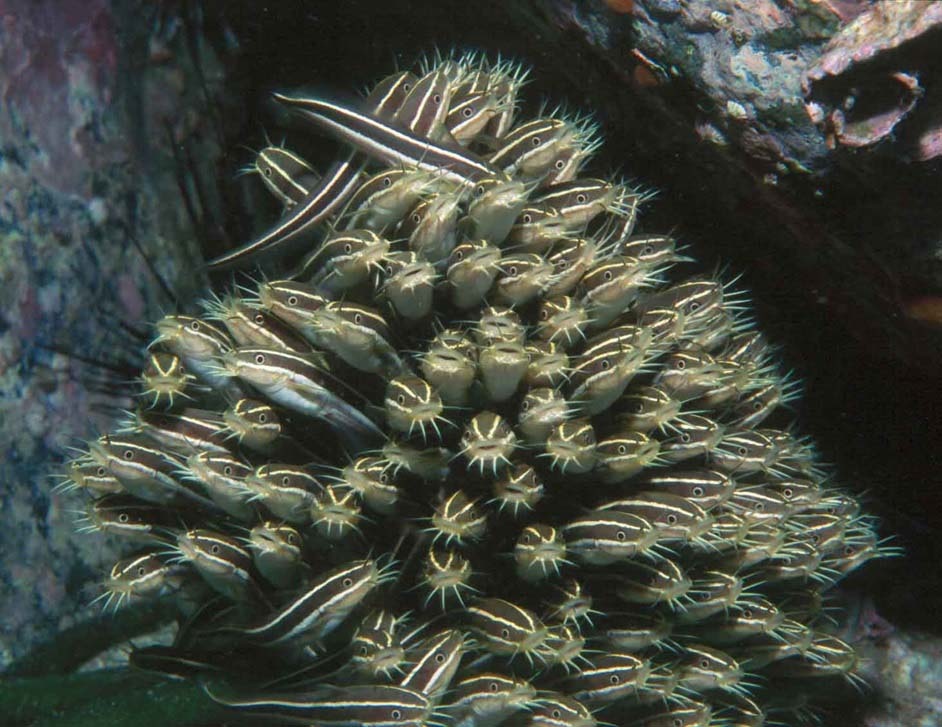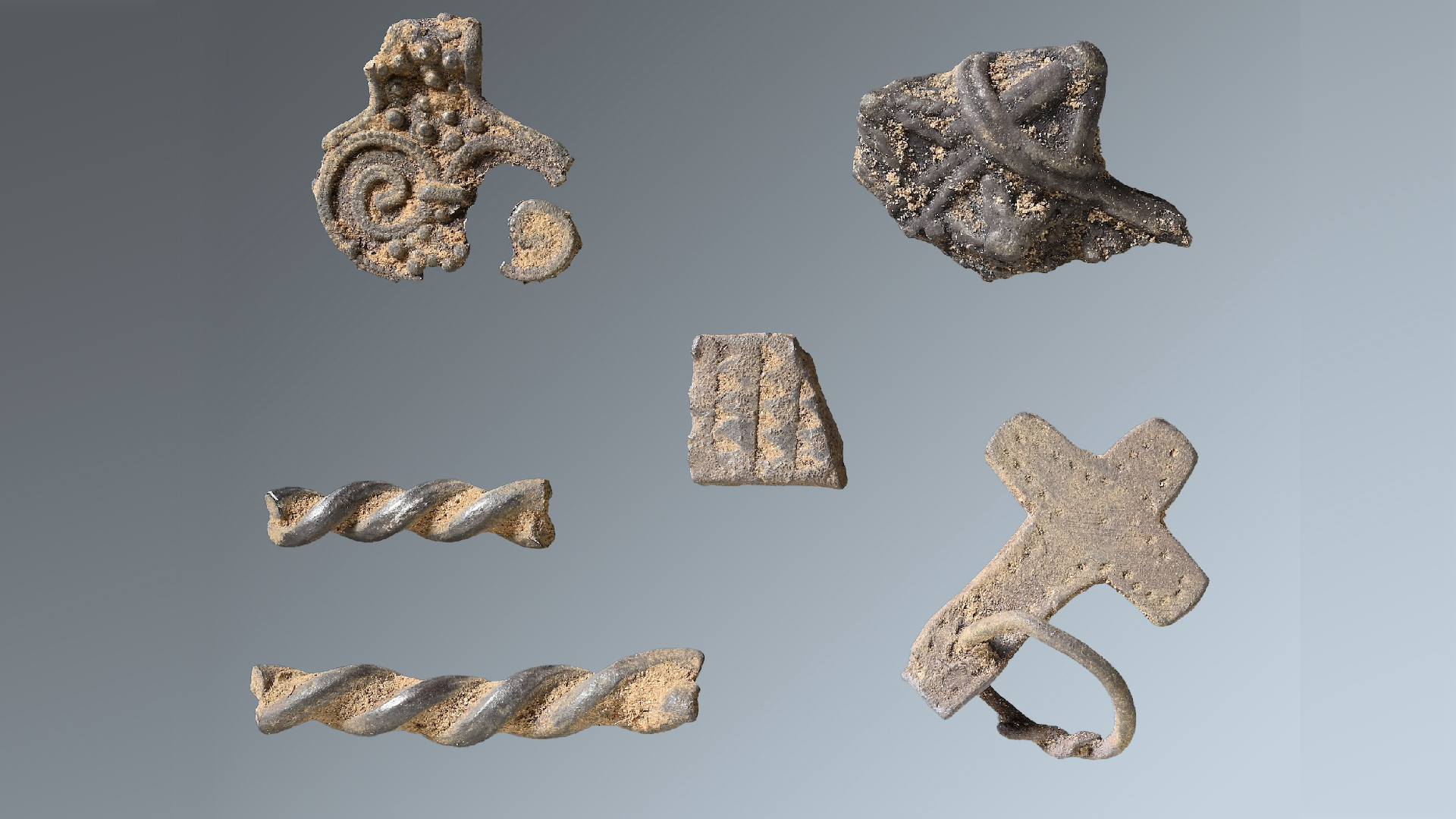Catfish 'See' Their Next Meal with Acid-Sensing Whiskers

Catfish have evolved sensors on their whiskers that can help the animals hunt in the dark by detecting slight changes in water acidity, the first time such sensors have been seen in fish, researchers say.
Scientists investigated the Japanese sea catfish (Plotosus japonicas), a nocturnal, 5.9-inch-long (15 centimeters) fish very common in southern Japan that cruises the seafloor at night capturing worms and crustaceans. People in the area don't eat this catfish — it has venomous spines on its fins.
"No one wants to handle these fish," said lead study author John Caprio, a neuroscientist at Louisiana State University in Baton Rouge. [See Photos of Another Weird Catfish]
Caprio and his colleagueshad previously investigated how Atlantic marine catfish detect chemicals in their environment using taste and smell, and wanted to learn how Pacific marine catfish did the same thing.
"My specialty is investigating chemosensory systems, how animals detect chemicals in their environment," Caprio said. "I've always found it interesting why nature designed two chemosensory systems: taste and smell."

As the researchers investigated these Japanese sea catfish, the scientists noticed the fish's barbels or "whiskers" were remarkably sensitive to changes in ambient carbon dioxide and atomic hydrogen. To learn more, the researchers placed the catfish in tanks with a polychaete worm, the favorite meal of the fishes, hidden in the environment.
The worms release tiny amounts of carbon dioxide and atomic hydrogen as they respire or "breathe." This slightly decreases the pH of the water — that is, the water becomes more acidic.
Sign up for the Live Science daily newsletter now
Get the world’s most fascinating discoveries delivered straight to your inbox.
The researchers found the fish spent far more time near the worms than anywhere else in the aquariums. In pitch-black water, Caprio and his colleagues used infrared cameras to confirm that the catfish could locate slight drops in pH even when no worms were present. The fish were always highly active and in search mode for food when they found the pockets of acidity.
"A marine fish that lives in pretty constant-pH seawater has evolved an exquisitely sensitive pH meter, as good as a commercial pH meter," Caprio told Live Science.
Although this is the first time scientists have seen fish with such acidity sensors, "I'm sure that nature didn't build this just for one species," Caprio said. "Nature covers all niches. Any possibility that might improve the survivability of the species appears to have evolved, and improving chances at eating is one of these."
The catfish sensors worked best in natural seawater with a pH of 8.1 or 8.2, but that sensitivity fell dramatically when the water became more acidic, with pH dipping below 8.0. (Water with a pH of 7 is neutral, and anything higher up to the scale's max of 14 is considered basic.)
The findings mean these catfish could be particularly susceptible to the same carbon releases associated with climate change, the researchers said.
"The problem is with all the carbon dioxide emissions now released in the world, much of the carbon dioxide in the air is getting dissolved in the oceans and causing ocean acidification," Caprio said. "This could have deleterious effects on these fish if ocean pH continues to fall."
The scientists now want to learn more about which molecules these sensors detect in the water, and how the sensors relay their findings to catfish brains. The findings were detailed in the June 6 issue of the journal Science.
Follow us @livescience, Facebook & Google+. Original article on Live Science.

